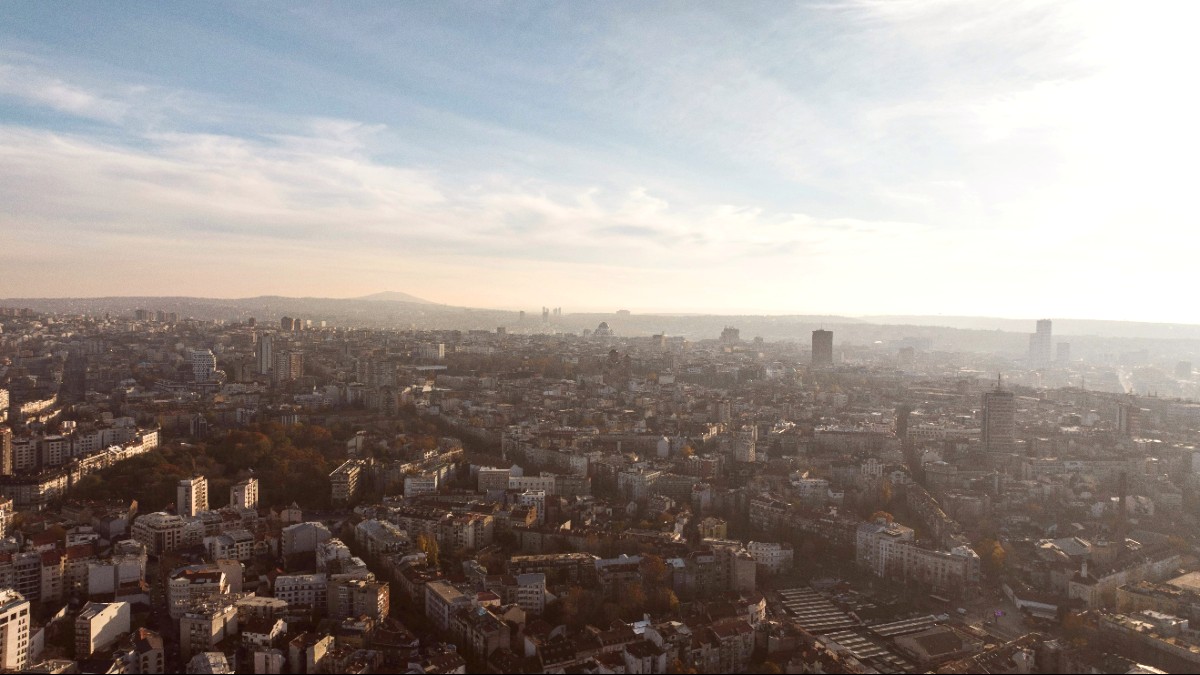
Central Balkans, Bulgaria
Ruse presents a distinct blend of Central European sophistication and authentic Balkan character. Its position on the Danube has always created a crossroads, a place where cultures, ideas, and goods flowed, shaping a city with an unique identity. Visitors often find themselves charmed by its elegant squares, its lively cultural scene, and the friendly welcome from its residents. Planning a trip to Ruse holds discovery.
Ruse offers an unique atmosphere with its blend of historical grandeur and riverine charm. It stands out with its distinct Central European architecture and strategic Danube location.
The city's cultural scene and local hospitality create a memorable experience for any visitor.
Ruse is positioned in Northern Bulgaria, on the right bank of the Danube River, which forms the natural border with Romania. This strategic location makes it Bulgaria’s most important river port and a gateway to both the Balkans and Central Europe. The city lies on the vast Danube Plain, characterized by its flat to gently rolling agricultural landscapes. This fertile region yields much of the fresh produce that forms the base of Bulgarian cuisine.
To the south, the terrain gradually rises towards the foothills of the Balkan Mountains, with natural parks and historical sites suitable for day trips. The city’s elevation is low, close to the river level, which influences its climate. The surrounding area includes smaller towns and villages, with glimpses into traditional Bulgarian rural life. The proximity to the Danube creates a constant backdrop, influencing the city’s economy, culture, and natural environment. Ruse connects well to major Bulgarian cities like Sofia and Varna, and to Bucharest, the capital of Romania, just across the river. This geographical placement makes Ruse a base for exploring a wider part of the Balkan region.
Located on the right bank, bordering Romania.
Set on fertile, flat to gently rolling agricultural land.
Southern foothills offer parks and historical sites.
City is close to the river level, influencing local climate.
Good connections to Sofia, Varna, and Bucharest.
Ruse's location on the Danube has always created a crossroads, a place where cultures, ideas, and goods flowed, shaping a city with an unique identity. This geographical placement makes Ruse a base for exploring a wider part of the Balkan region.
The city's standing as Bulgaria's largest river port positions it as a major trade and economic gateway connecting the Balkans with Central Europe.
The Danube River, a conduit for ideas and goods, significantly shapes Ruse's culture, contributing to its distinct identity as a cross-border city.
Ruse's geographical attributes blend urban life with natural scenery, creating a setting for exploration and discovery.
Ruse carries a long and layered history, stretching back to Roman times. It began as the Roman fort of Sexaginta Prista ("Port of Sixty Ships"), a strategic outpost guarding the Danube Limes. Its stature as a river crossing point continued through the Byzantine and medieval Bulgarian empires.
Under Ottoman rule, Ruse, then known as Ruschuk, became a prominent administrative and trade area. The city saw Bulgaria's first railway line, first newspaper, and first modern printing press. This period of rapid development in the late 19th century, notably after Bulgaria's liberation from Ottoman rule, infused Ruse with its distinctive Central European architectural style. Many Viennese architects contributed to the city's appearance, designing the elegant public buildings and private residences that still stand today. Ruse led Bulgaria's modernization, serving as a window to Europe. Throughout the 20th century, Ruse remained an industrial and cultural core, though it experienced periods of communist rule and economic transformation. Its closeness to Romania meant it kept an unique cross-border identity. Today, Ruse values its rich heritage, carefully preserving its architectural treasures and historical memory. The city’s museums and monuments tell stories of ancient civilizations, Ottoman governors, national revolutionaries, and the engineers who built its railways and bridges. Visiting Ruse means stepping into this complex past, seeing how different eras shaped its present character. The city’s layout and its buildings present a physical timeline of its journey, from a Roman fort to a modern European city with a strong sense of identity. This depth of history turns every walk through its streets into a journey through time.
Founded as Sexaginta Prista, a Roman fort guarding the Danube.
Ruschuk became a major trade and administrative center under Ottoman rule.
Home to Bulgaria's first railway, newspaper, and modern printing press.
Late 19th-century development, influenced by Viennese architects, gave Ruse its distinctive Central European style.
Ruse is one of Bulgaria's largest cities by population.
Bulgarian Lev, fixed to the Euro (1 EUR = 1.95583 BGN).
Eastern European Time (UTC+2), UTC+3 in summer.
Bulgarian is the official language, written in Cyrillic.
A generally safe city for visitors, notably in the core areas.
Expect a pleasant and engaging visit with varied attractions.